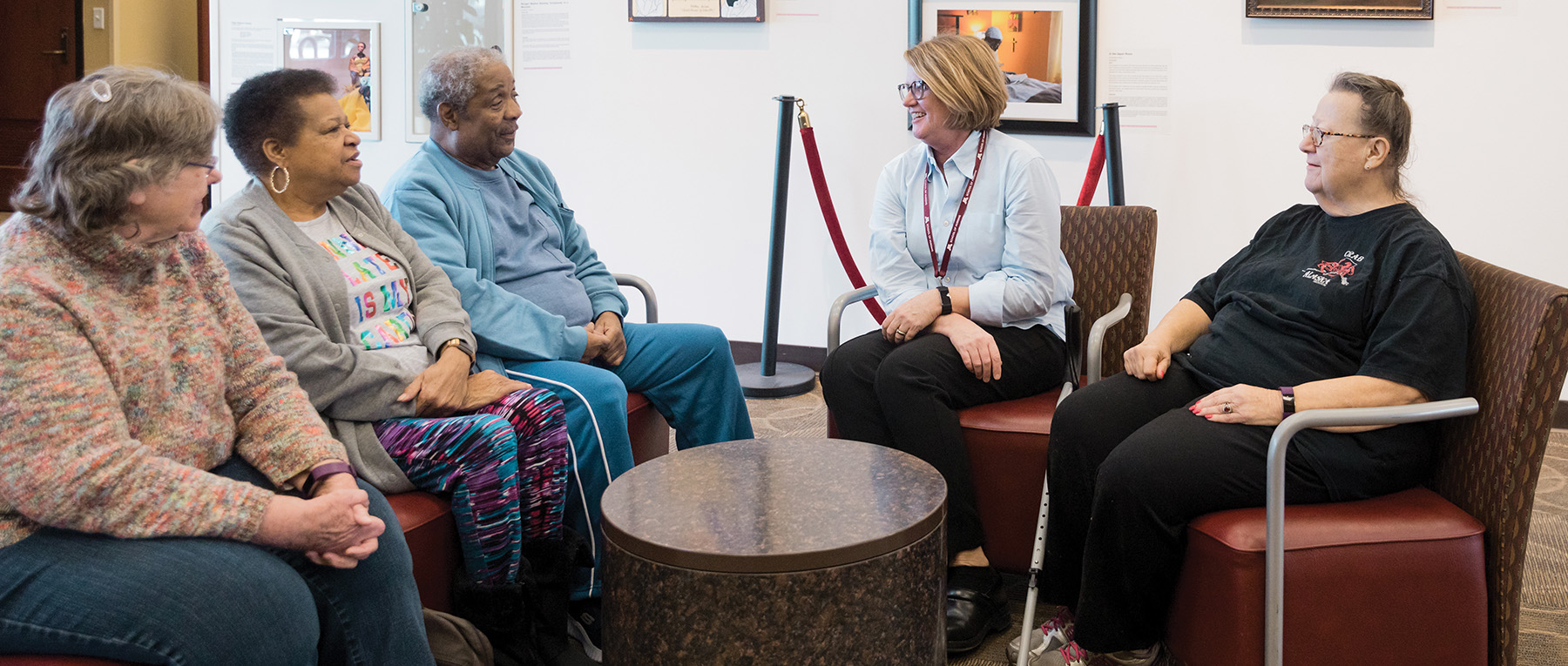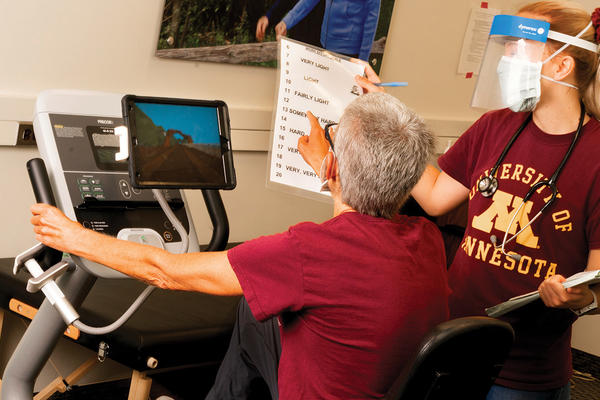Large study offers clues to reducing serious injuries from falls
Group randomized trial examined personalized fall prevention plans in real-world settings
November 10, 2020

Falls are the leading cause of injury-related death among older Americans and lead to 3 million emergency department visits annually.
The Strategies to Reduce Injuries and Develop Confidence in Elders (STRIDE) trial, funded by the Patient-Centered Outcomes Research Institute (PCORI) and the National Institute of Aging of the National Institutes of Health, sought to reduce fall injury by delivering a multifactorial fall prevention intervention.
A total of 86 primary care practices participated, with 43 sites providing the intervention and 43 sites offering enhanced usual care. The results of this $33 million trial, using a nurse-managed intervention in real-world settings, were recently published in the New England Journal of Medicine.
“Although differences in serious fall injuries were not significant between the patients who were exposed to the nurse-
managed intervention versus those who were not, the findings are important and will inform future research and practice,” said Associate Professor Siobhan McMahon, PhD, MPH, GNP-BC, who was a co-author of the paper and served as a Co-PI of the Essentia trial site as well as the Director of Nursing for the trial.
The intervention included comprehensive fall risk assessments and fall prevention care plans co-created by the participants and their health care team. On average, nurses worked with each patient over 26 months, during which they conducted two to three clinic visits as well as additional phone contacts and coordination.
One factor McMahon said worked well was having nurses implement the intervention. “Multifactorial fall prevention efforts rely on interprofessional collaboration to support a patient-centered approach,” says McMahon. “Nurses were outstanding in this role because they have skills and knowledge in prevention and health promotion, care management and interprofessional, collaborative practice. They worked with patients and the team to achieve shared decision making.”
Meanwhile, McMahon is implementing an additional study, Community-based intervention effects on older adults’ physical activity and falls. The purpose of this trial is to identify strategies that help people who are 70 and older incorporate physical activities, including those that reduce falls, into their everyday lives. The National Institutes of Health-funded study is being conducted in the Twin Cities with 310 participants who are participating in a small-group, 8-week program consisting of behavior change or wellness strategies, combined with an evidence-based physical activity protocol.
“Fall prevention is complex. There are numerous causes of falls, which means there is not just one treatment,” says McMahon. “Given the serious consequences of falls, we need to continue to refine, adapt and test fall prevention interventions to reduce them and their devastating effects.”


